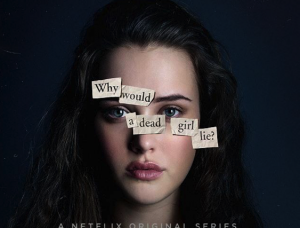
When I heard that the book “13 Reasons Why” would be turned into a Netflix original series I was excited. I read it in high school and thought it was one of the most chilling books I’ve ever read.
Many popular books lead to movie adaptations. Books with a strong readership such as “Harry Potter,” “The Hunger Games,” “Twilight” and “50 Shades of Grey” all have done extremely well in the boxes offices. Unfortunately this isn’t the case for every book that’s turned into a movie.
So why do we feel so disappointed when our favorite book goes to the big screen?
This is because when we read we create our own world. We imagine the character the way we want to whether that be the way he or she looks, talks or dresses. So when we finally see the adaptation in theaters we are almost always set up for disappointment, because it’s almost never what we imagined.
I always look forward to seeing a movie based on a book so that I can compare and contrast the differences. I usually can point out the minor details that are left out or the pieces that are fabricated to make a more entertaining film.
Movies usually can’t capture the entire essence of a book because of time limits, but a series has more to work with. I had high expectations for “13 Reasons Why” as a series especially with Selena Gomez as one of the executive producers.
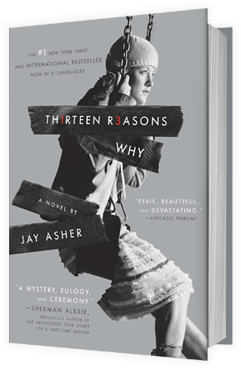
“Thirteen Reasons Why” is a New York Times bestselling novel written by Jay Asher in 2007. The story is about a high school student named Clay Jenson who finds a package of cassette tapes in the mail after school. The cassette tapes (13 to be exact) explain why Hannah Baker (Clay’s friend and classmate) committed suicide. The tapes are each assigned to a person at their high school whom Baker believes contributed to her decision to take her life.
The Netflix series was broken down into 13 episodes, which was fitting given the title of the book. The series clarified and humanized a lot of the book’s content. Initially, I read the book for entertainment. As it was sort of a thriller set in high school, I didn’t put it in a real-life perspective.
The series brought the characters to life in this coming-of-age story. The episodes explained the severity of peer pressure, depression, suicide and sexual assault through unforgettable scenes and interactions. The series helped viewers see what it’s like to be afraid to speak up and how scary high school can really be including what happens when people turn a blind eye on things.
The characters were thoroughly portrayed and dynamic. Each character changed from the beginning. This was evident where Clay Jenson (the main character) went from a shy student to an outspoken activist. We see him almost go crazy trying to do what’s right and piece together what went wrong in his friend’s life.
We also see this in the Hannah’s friend Jessica Davis, who was unknowingly raped. We see the effect of rape as Jessica goes from a preppy cheerleader to a down-and-out alcoholic. As a viewer, you can feel the raw emotions of the characters through the imagery and interactions.
The 13 episodes also served as timeline with a climax as they all led up to the suicide and highlighted the problem of what happens when no one addresses issues such as bullying or suicidal behavior.
Readers and viewers can also see themselves as Clay as he is the one throughout the series listening to the tapes putting together the story. We are all Clay, because we, too, are trying to figure out what brought Hannah to this state and if there is any way to redeem the situation. We are also Clay, because he had an indirect impact on Hannah’s suicide and could have made a difference.
Along with Clay, I grew both saddened with the wicked world around us and with Hannah for not speaking up about what was going on in her head and choosing to end her life.
The series taught viewers many valuable lessons on the importance of speaking up. If you see something going on that’s wrong, don’t wait for someone else to say something; do something about it yourself.
It is also important to understand the complexity of suicide. It’s not white or black. Suicide is not always a rash decision, but a decision made when one feels there is no way out or no turning back regarding the given situation. I am pleased that the series didn’t shy away from suicide (although some people thought it was too graphic), because it was also important to show what happens when things go too far. Viewers need to see what happens when they pretend not to see anything.
The series also shed light on the normalization of rape culture and sexual assault. Rapists and victims can be sitting next to you in class, walking by you on the street or standing behind you in the grocery store line. It’s important to be vocal about sexual assault on campus and to make the environment comfortable for victims to come forward.
“Thirteen Reasons Why” was an extremely heavy series, but much needed especially in today’s society. Everyone, specifically millennials, can learn and see themselves in at least one of the characters in the series. Whether you’ve been a victim of assault, battled depression or stood by as someone you knew was being bullied, you can relate to “13 Reasons Why” and learn what not to do.
Robyn Merrett writes about books for 101Magazine.net.

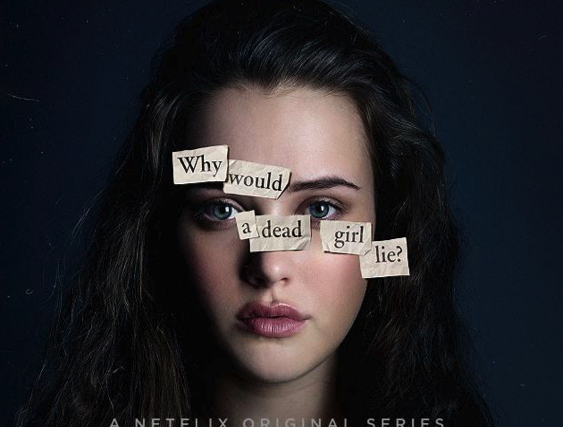

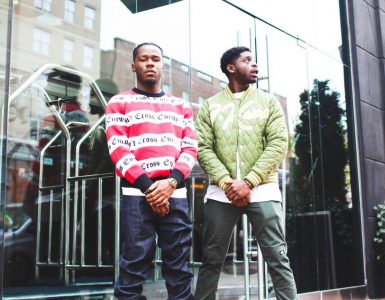
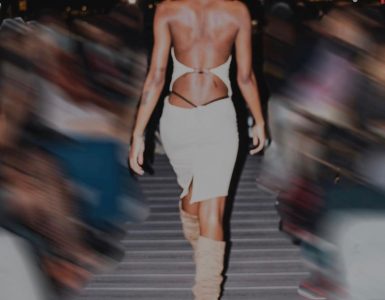
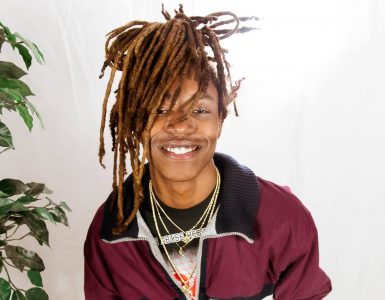
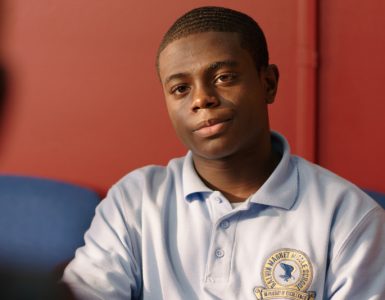
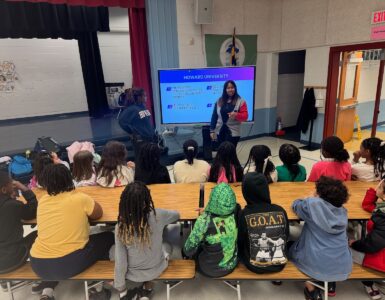

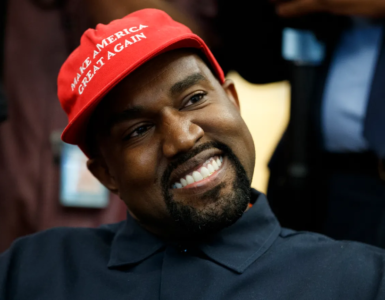
Recent Comments